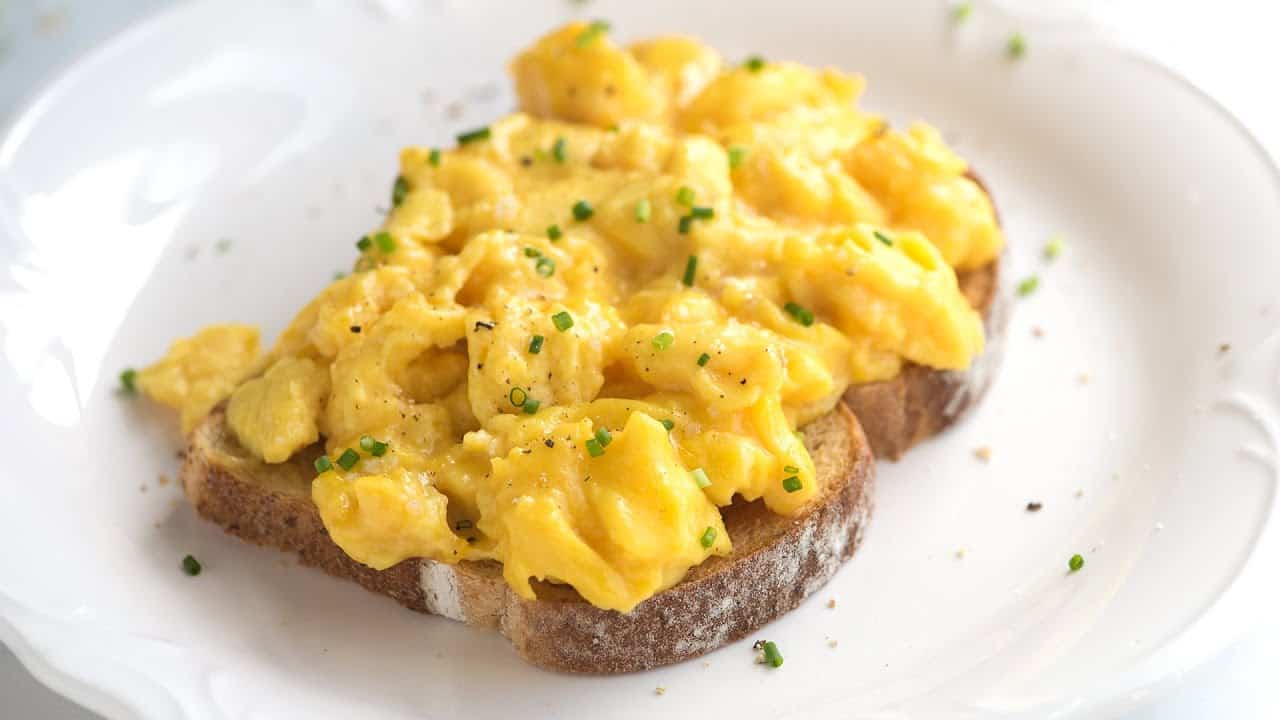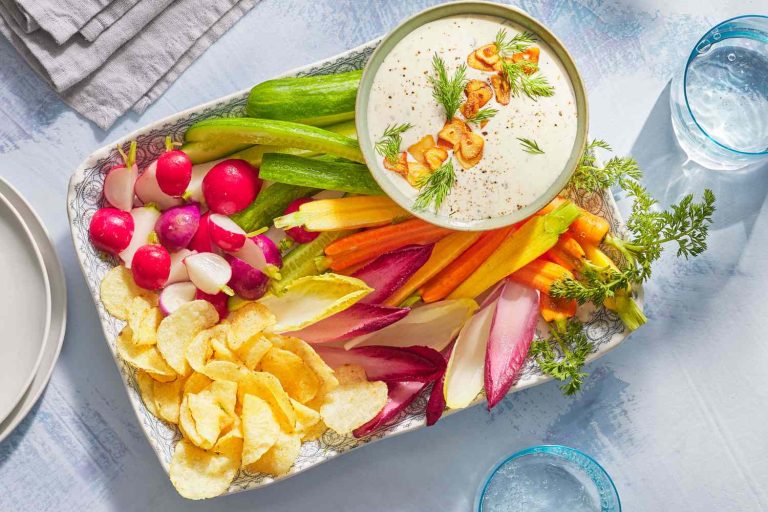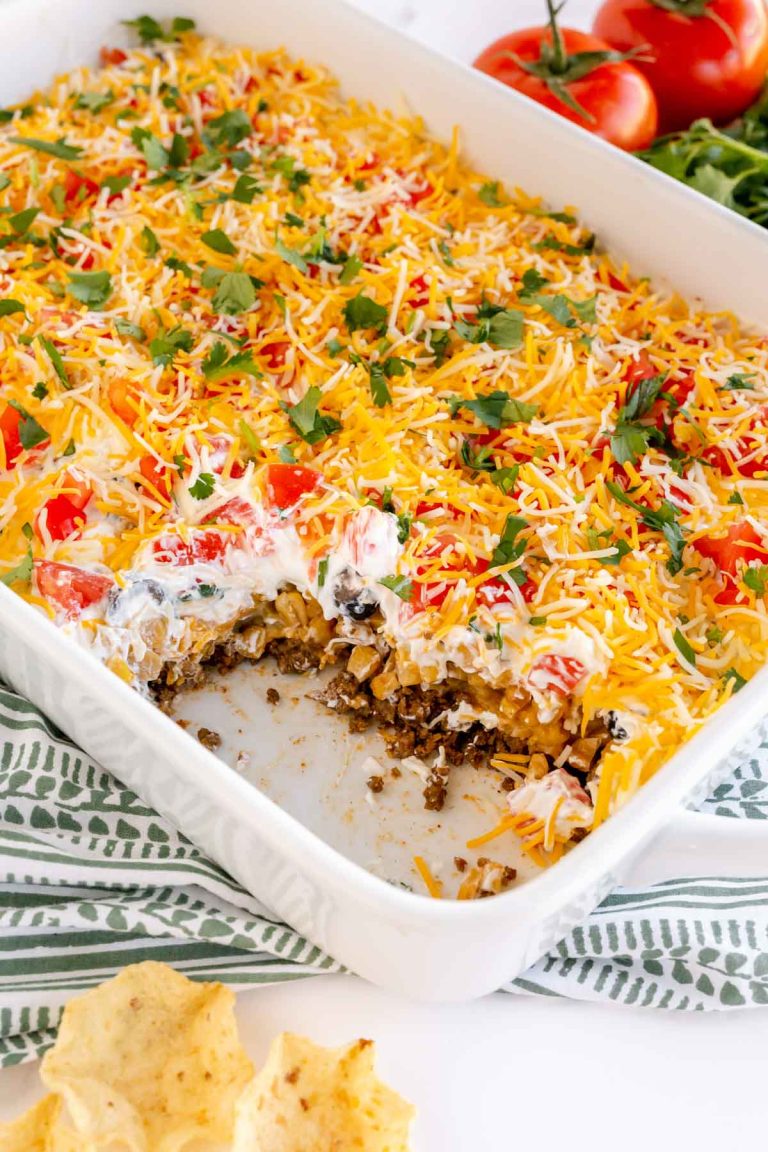Scrambled Eggs: Tips, Techniques, and Flavorful Additions for Perfect Results
Scrambled eggs are a versatile breakfast dish made by whisking eggs and cooking them gently. The preparation involves stirring or folding the eggs over low to medium heat until they solidify into soft, creamy curds. This method creates a dish that can be enjoyed plain or enhanced with various seasonings, herbs, and add-ins like cheese, vegetables, and meats.
- Eggs: Always use fresh eggs for the best texture and flavor. Fresh eggs produce fluffier and creamier results.
- Butter: Adds richness and a creamy texture. Use unsalted butter to control the salt content better.
- Milk or Cream (optional): Makes the eggs richer and creamier. Skipping this can result in a slightly denser texture.
- Salt and Pepper: Basic seasonings to enhance the natural flavor of the eggs. Add salt just before cooking to prevent the eggs from becoming watery.
- Cheese (optional): Adds a savory dimension. Use varieties like cheddar, feta, or goat cheese.
- Herbs and Spices (optional): Fresh herbs like chives, parsley, or dill elevate the flavor. Spices such as paprika or turmeric can add a unique twist.
Each ingredient plays a crucial role in achieving the perfect scrambled eggs, ensuring every bite is flavorful and satisfying.
Expert Tips for Perfect Scrambled Eggs
Choosing the Right Pan
Select a non-stick or well-seasoned skillet to effortlessly cook scrambled eggs. A medium-sized pan (8-10 inches) provides optimal space for 2-4 eggs without overcrowding. Use a pan with curved sides to facilitate gentle stirring. Ensure even heat distribution by opting for a heavy-bottomed pan. This prevents hot spots and achieves uniform cooking. Clean the pan thoroughly before use to avoid residue affecting the texture.
The Best Cooking Techniques
Cook eggs on low to medium heat to retain moisture and prevent overcooking. Begin by whisking eggs thoroughly with a fork or whisk to incorporate air, resulting in fluffier curds. Add a small amount of butter to the pan and let it melt slowly to prevent burning. Pour the eggs into the pan and wait a few seconds until they start to set. Use a spatula to gently pull the eggs across the pan, creating soft curds. Remove the pan from heat when eggs are slightly underdone, as residual heat will continue cooking them. Avoid over-stirring to maintain creamy texture. Consider finishing with a touch of cream or crème fraîche for added richness.
Top Recipes for Scrambled Eggs
Classic Butter Scrambled Eggs
For classic butter scrambled eggs, simplicity enhances flavor. Use 4 fresh eggs and 2 tablespoons of unsalted butter. Whisk the eggs thoroughly to incorporate air, resulting in fluffy curds. Heat a non-stick skillet over medium-low heat, adding the butter until melted but not browned. Pour the eggs into the skillet, stirring gently with a spatula. Cook slowly for creamy texture, avoiding high heat which can cause overcooking. When the eggs have soft, custard-like curds, remove from heat and serve immediately.
Scrambled Eggs with Add-ins
Opt for scrambled eggs with add-ins to elevate the dish. Start with the basic method: 4 eggs and 2 tablespoons of butter. For variety, include finely chopped vegetables like bell peppers and onions, grated cheese, or cooked meats like ham or sausage. Lightly sauté vegetables in the butter before adding the eggs. When using cheese, fold it into the eggs just before they’re fully set. This ensures the cheese melts evenly within the eggs. Herbs like chives or parsley can add freshness; mix them in at the end to preserve their flavor. Serve when the eggs are still moist but fully cooked.
The Role of Seasoning and Spices
Basic Seasoning for Scrambled Eggs
Basic seasoning enhances scrambled eggs without overpowering them. Start with salt and pepper. Use 1/8 teaspoon of salt per egg and a pinch of pepper. Add salt before whisking eggs to dissolve evenly. Pepper can be added while whisking or after cooking.
Experimenting with Herbs and Spices
Experimenting with herbs and spices adds variety to scrambled eggs. Use fresh or dried herbs like chives, parsley, or dill. One tablespoon of fresh herbs or one teaspoon of dried herbs per two eggs works well. Spices such as paprika, cumin, or turmeric introduce depth. Add 1/4 teaspoon of your chosen spice while whisking to distribute flavors. For heat, add a pinch of chili flakes or a dash of hot sauce.
Examples of Flavor Combinations:
-
Mediterranean:
- Ingredients: Oregano, Feta, Tomatoes
- Instructions: Add 1/4 teaspoon oregano, crumble feta, and mix with eggs. Top with tomatoes.
-
Southwestern:
- Ingredients: Cumin, Cheddar, Jalapeños
- Instructions: Add 1/4 teaspoon cumin, mix in cheddar, and sprinkle with diced jalapeños.
- Ingredients: Soy Sauce, Green Onions, Sesame Seeds
- Instructions: Add 1 teaspoon soy sauce, mix in chopped green onions, and garnish with sesame seeds.
Using these seasonings and spices creatively maximizes flavor.
Conclusion
Mastering the art of scrambled eggs is all about attention to detail and a willingness to experiment. By selecting the freshest ingredients and understanding the nuances of cooking techniques, you can elevate a simple dish into a culinary delight. Don’t shy away from trying different herbs, spices, and flavor combinations to find your perfect scrambled eggs. Whether you prefer a Mediterranean twist or an Asian-inspired variation, the possibilities are endless. With these tips and tricks, you’re well on your way to creating the best scrambled eggs every time. Happy cooking!






